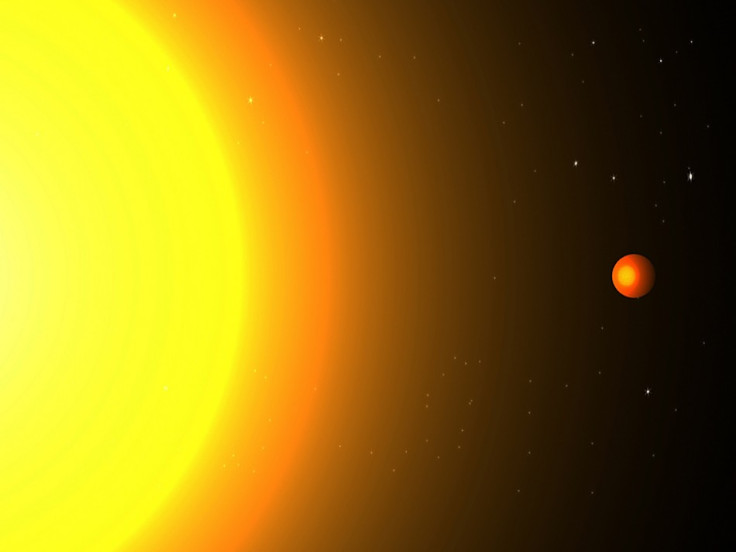Ocean of Lava Planet 700 Light Years Away Orbits its Star in 8.5 Hours

An Earth-sized planet 700 light years away orbits its star in just eight-and-a-half hours, one of the shortest years ever detected.
The exoplanet, named Kepler 78b, completes an entire year in the time most people complete a single working day.
Researchers at the Massachusetts Institute of Technology say the planet has one of the shortest orbital periods ever detected because it is so close to its star, with its orbital radius only around three times bigger than the radius of the star.
The exoplanet with the shortest orbit ever discovered is KOI 1843.03, which orbits its star in just four-and-a-half hours.
MIT Scientists believe the surface temperature of Kepler 78b is around 2,760C, with the top layer of the planet a "massive, roiling ocean of lava", meaning it is not habitable.
"You'd have to really stretch your imagination to imagine living on a lava world," MIT professor Josh Winn said. "We certainly wouldn't survive there."
The team also established that the planet is 40 times closer to its star than Mercury is to the Sun. Kepler's star is also relatively young as it rotates twice as fast as the sun, meaning it has not had long to slow down.
Mass 'very dense'
Reporting their findings in The Astrophysical Journal and the Astrophysical Journal Letters, the researchers say they hope to measure the planet's gravitational influence on the star to measure the planet's mass. This would make Kepler78b the first Earth-sized planet outside the solar system whose mass is known.
Scientists were also able to detect light emitted from the planet, which, once analysed, should give them information about its surface composition and properties.
Previously, scientists determined that the mass of KOI 1843.03 must be extremely dense to maintain its tight orbit around its star. They said it must be made almost entirely of iron, or the force of the nearby star would rip the planet to bits.
Speaking about the Kepler78b's probable mass, Winn said: "Just the fact that it's able to survive there implies that it's very dense.
"Whether nature actually makes planets that are dense enough to survive even closer in, that's an open question, and would be even more amazing."
Keplar 78b was observed by Nasa's Kepler Telescope, which is being used to identify habitable Earth-sized planets. The MIT team was charged with looking for Earth-sized planets with short orbits.
Winn said: "We've gotten used to planets having orbits of a few days. But we wondered, what about a few hours? Is that even possible? And sure enough, there are some out there."
© Copyright IBTimes 2025. All rights reserved.






















